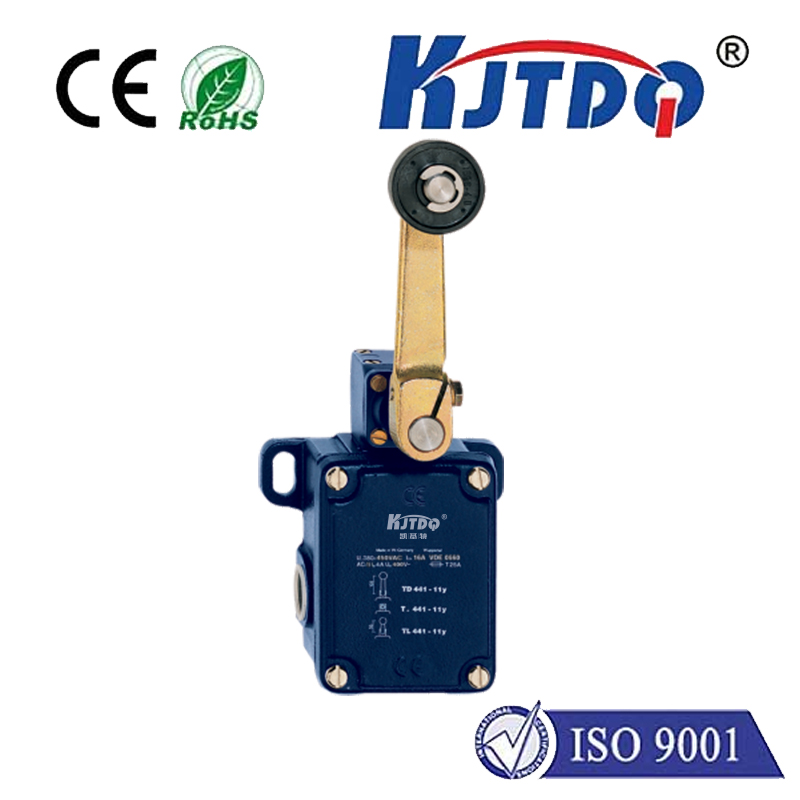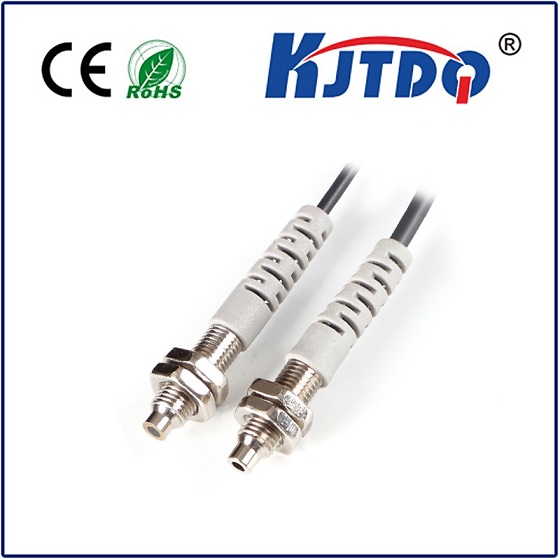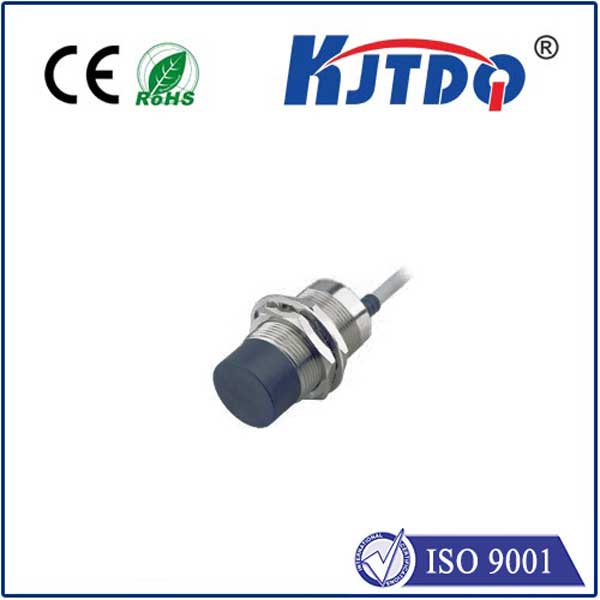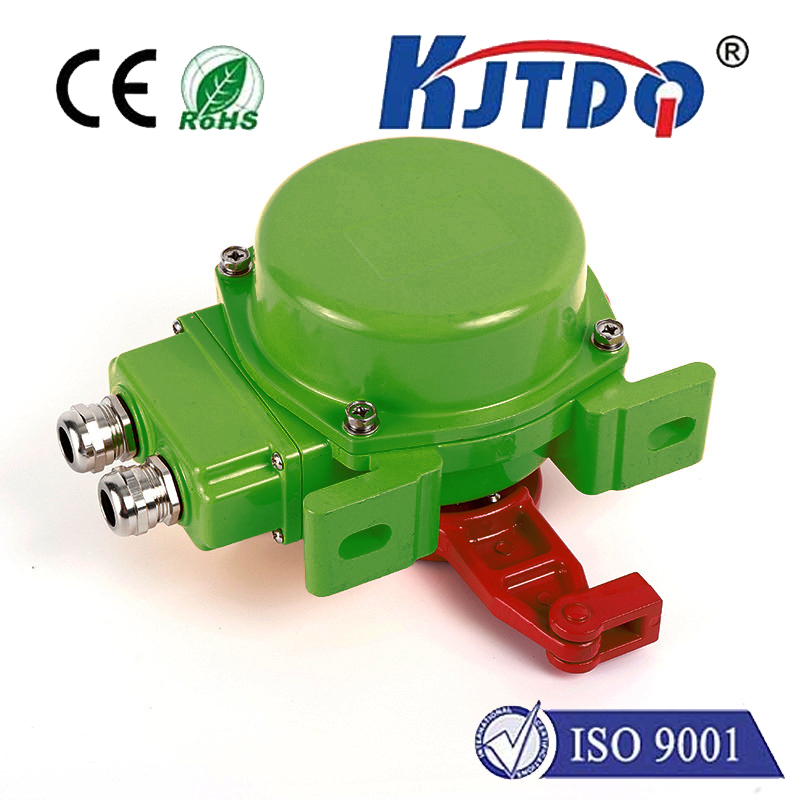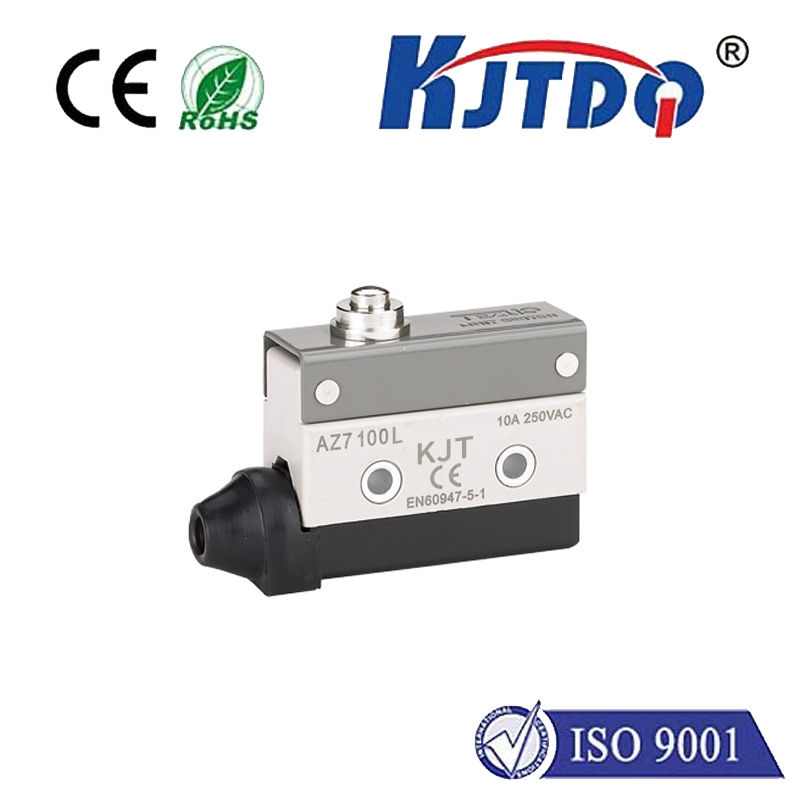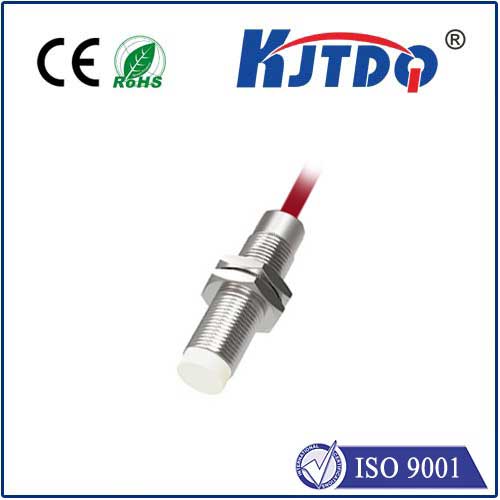

check

check

check

check

check

check

check

check

check

check
Maximum Switching Voltage: An Exploration into Its Importance and Applications
Electricity is an integral part of our daily lives, powering everything from homes to industries. However, managing electricity can be complex, especially when dealing with high voltage systems. One critical aspect that requires careful consideration in such systems is the maximum switching voltage. This article aims to explore the importance and applications of maximum switching voltage in electrical systems.
The maximum switching voltage refers to the highest level of voltage that a device or system can handle while being switched on or off. It is an essential parameter to consider in designing and operating electrical equipment as it ensures the safety and reliability of the system. Exceeding this limit can cause damage to components, leading to system failure and potentially hazardous situations.
In power distribution networks, maximum switching voltage plays a crucial role in determining the design and rating of circuit breakers, switches, and other protective devices. These components are designed to interrupt the flow of current in case of fault conditions or overloads, preventing further damage to the system. The maximum switching voltage determines their capacity and ability to perform effectively under various conditions.
Similarly, in industrial settings where large amounts of energy are required for processes such as welding or heating, maximum switching voltage becomes a critical factor in selecting appropriate equipment. Machines used in these processes must be able to withstand higher voltage levels without compromising performance or safety standards.
In renewable energy systems like solar panels and wind turbines, maximum switching voltage is also a vital consideration. These systems generate high levels of electricity that need to be managed efficiently to ensure optimal performance and prevent excess energy from damaging components or causing safety issues.
Furthermore, maximum switching voltage is relevant in the field of electronics, particularly in designing integrated circuits (ICs) and semiconductor devices. These components are designed to operate within certain voltage limits, and exceeding these limits can result in permanent damage or failure. Therefore, understanding and adhering to the maximum switching voltage requirements is crucial for the proper functioning of electronic devices.
In conclusion, maximum switching voltage is a fundamental aspect of electrical engineering that affects various sectors ranging from power distribution to electronics manufacturing. By considering this parameter during the design and operation phases of electrical systems, we can ensure their safety, reliability, and efficiency. As technology continues to advance, the importance of understanding and managing maximum switching voltage will only become more significant in ensuring the smooth functioning of our increasingly connected world.

